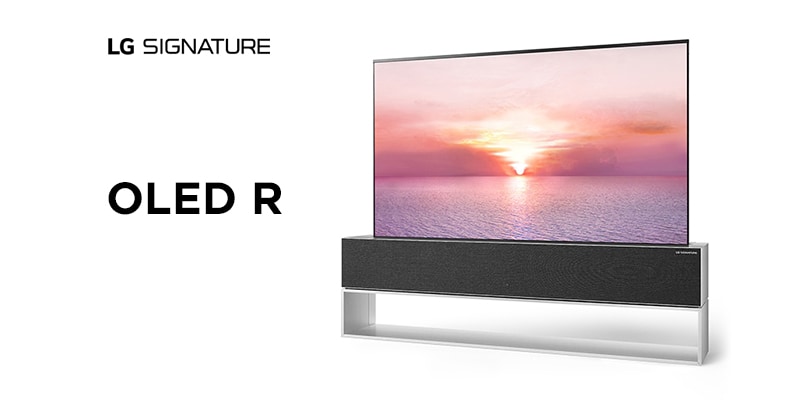crashnburn
Active Member
My predicament is if my father has to watch a test match non stop for 5 days like the ongoing Ind Vs Aus test series very early up in the day (he never turns off the TV).... A person nearing 80 would have difficulties adjusting to projectors, their controls, not to the mention long duration lamp usage etc.. TV is for rough use but a projector I am not so sure.

LG SIGNATURE Rollable OLED TV R | LG SIGNATURE
Discover LG Rollable OLED R, the world's first and only rollable TV. Learn about LG OLED SIGNATURE rollable, folding TV | LG SIGNATURE

LG’s rollable TV finally goes on sale for $87,000
A TV for people who don’t want to look at their TV

